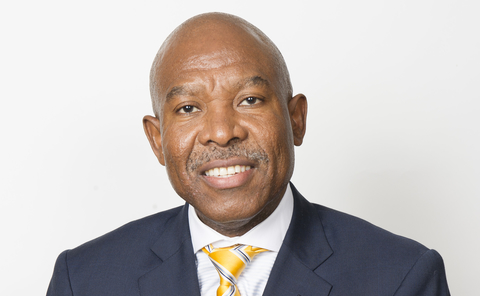South Africa Progresses on its Digital Currency Adoption after Announcing ‘Project Dunbar’

According to deputy governor Kuben Naidoo, the South African Reserve Bank (SARB) is steadily advancing with its inquiries into a central bank digital currency.
Naidoo said the South African Reserve Bank (SARB) is closely involved with “Project Dunbar,”. The project unites the Reserve Bank of Australia, the Central Bank of Malaysia, the Monetary Authority of Singapore, and the South African Reserve Bank for a cross-border central bank digital currency. Naidoo was speaking in PSG’s most recent Think Big webinar.
According to Naidoo, the SARB’s goal is to increase the effectiveness of the local payment system by reducing costs and the amount of time it takes for transactions to clear and settle. He asserts that it will take several years before it becomes a reality’ that a central bank digital currency will be used for cross-border payments, whether for goods and services or remittances.
As part of its Project Khoka program, which looked at leveraging Blockchain technology to speed up payment operations in the country, the South African Reserve Bank had already tested a digital currency for use locally.
However, Lesetja Kganyago, Governor of the SARB, noted that the projects cannot be studied in isolation. He made this assertion while speaking about digital currency innovation in April this year.
Lessons Learnt from Project Khokha 2
According to Lesetja Kganyago, the SARB continues to draw on the insights emerging from various initiatives. He noted that these initiatives are not limited to its ongoing study into the feasibility, desirability and appropriateness of a retail central bank digital currency (CBDC).

Kganyago noted that through Project Khokha 2 experimentation, the Reserve Bank created two types of tokenized money to facilitate settlement:
- The first form of money was a tokenised form of central bank money which was a liability of the central bank issued onto a specific DLT owned and operated by the SARB in the PoC. This form of money was used to purchase SARB debentures in the primary market.
- The second form of money was issued by commercial banks as a stablecoin and used for purchasing SARB debentures in the secondary market.
To provide a level playing field for all market participants, Kganyago stated, “the insights gained via practical investigation should lead to improved regulatory clarity – both for entrepreneurs and for regulators.”
More Digital Currency Adoptions in Africa
Several central banks in Africa are adopting or investigating the use of digital currencies to improve payment systems. South Africa and Ghana are in the pilot phase of a digital currency, while Uganda, Kenya, Rwanda, Mauritius, Madagascar, Zimbabwe, Eswatini, Namibia, and Zambia are researching the process.
What South Africans Must Know about the FIA’s ‘Crypto as a Financial Product’ Intention
According to the IMF, Africa is the most expensive region to send and receive money. Cutting the cost of processing cash transactions, enhancing the availability and use of central bank funds, boosting income and tax collection, supporting a robust payment system, and enhancing the effectiveness of cross-border payments are some of the goals of a digital currency.
The adoption of digital currencies are deliberate steps by Africa’s apex banks to reinforce their national identification systems. This is in order for central banks to manage the risks to financial integrity and data privacy, including those from future cyber-attacks.
Kingsley Obiora, deputy governor of the Central Bank of Nigeria’s (CBN) Economic Policy Directorate, stated at a recent IMF webinar that having a digital identity, technology, the appropriate laws, clarity, and public awareness of the advantages of having a digital currency are some tips to consider when adopting or introducing digital currencies.
“You cannot stress the importance of having a digital identity for consumers because if you don’t have that, once you introduce a digital currency you might have a problem,” Obiora said.
